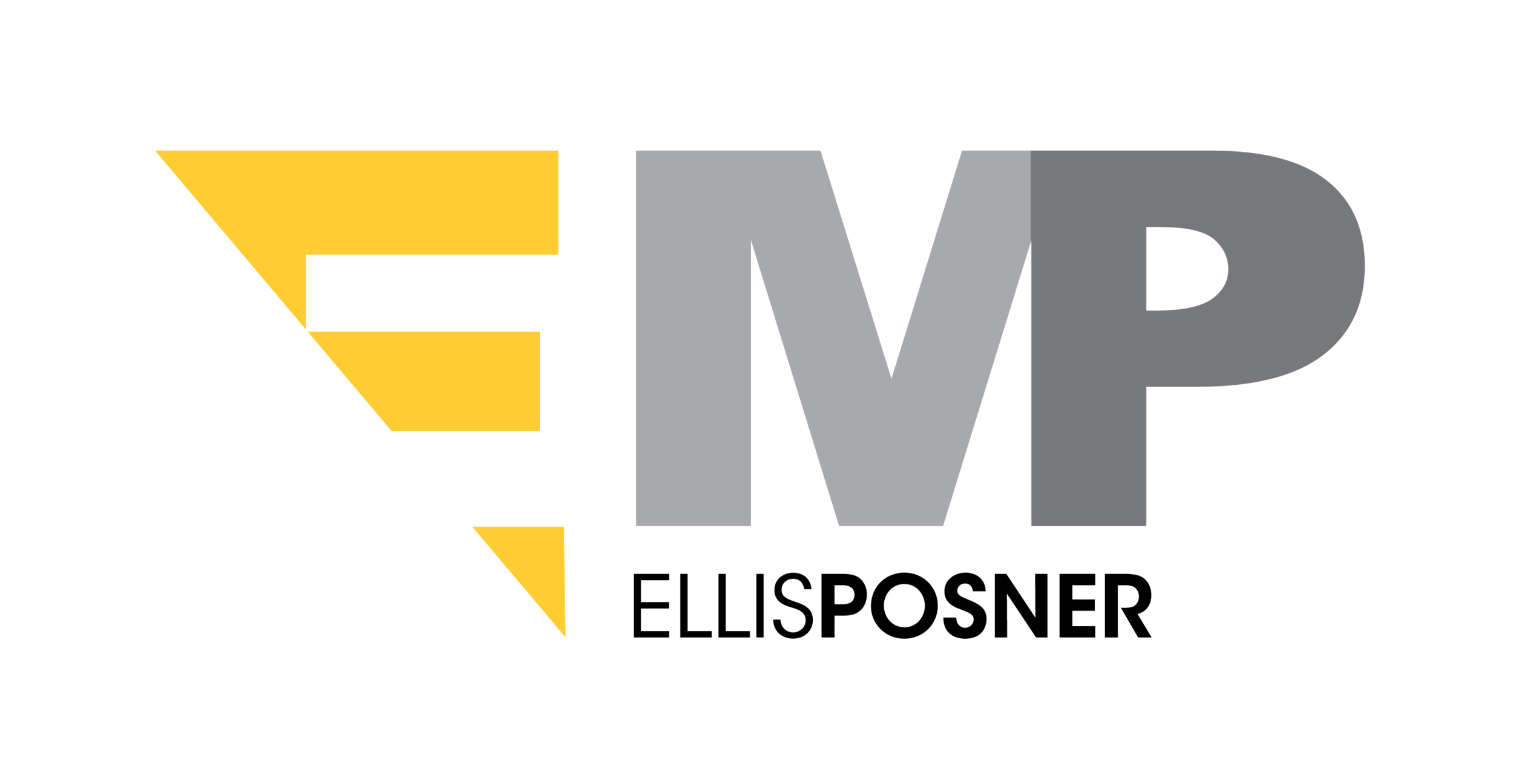Paying Points to Lower Your Mortgage Interest Rate
When mortgage interest rates were at rock bottoms, most buyers did not pay “points”. In fact, many buyers received closing credits from lenders in exchange for above par pricing.
But those days are gone and with rates on the rise and expected to stay high for the next few years, one of the ways buyers can get a better rate is by paying points - also referred to as discount points.
One discount point costs 1% of your home loan amount. For example, if your mortgage is $1,000,000, one point equals $10,000.
Think of purchasing a point as prepaying some of the interest in order to have a smaller monthly payment.
Points are paid at close of escrow through escrow as part of your closing costs. Your lender will calculate the cost of any points you agree to purchase and add those charges to your other closing costs. Points are considered non recurring closing costs and must be allowable for the loan program you are seeking.
Now we get to the tricky part.
For each discount point, your interest rate will be reduced by a set percentage point. It is (unfortunately) not as simple as pay one point, reduce your rate 1%. Doesn’t work like that. At all.
The per-point discount you’ll receive varies by lender. As an example, you might get a .25% interest rate reduction for each point you buy.
Most mortgage lenders cap the number of points you can buy and at a certain point it is not a good use of money. But in general it it a good strategy to combat higher rates.
Often, points can be purchased in increments down to eighths of a percent, or 0.125% and don’t have to be whole numbers.
Many buyers ask if they can pay points for adjustable rate mortgages.
Discount points for an ARM work the same as with a fixed-rate one. However with an ARM, your loan will adjust after 5, 7 or 10 years. For ARMs more than fixed rate, it is really important to do a cost benefit analysis to figure out how long it will take to make buying points worth the investment.
ARE MORTGAGE POINTS DIFFERENT THAN ORIGINATION POINTS?
Some lenders will quote a rate including points. Let’s call that origination points that are also calculated as part of the APR.
Paying discount points reduces the rate beyond the quoted rate.
For example, a lender may say that based on your credit and other criteria, your rate for a 30 year fixed rate mortgage is 6% with half a point fee. You want your rate to be lower which can be accomplished by paying additional points beyond what the lender quoted for the rate you may get.
Not quite sure how this works. Here’s what you need to know. After the lender gives you a quote on the rate, ask how much it would cost to buy the rate down. If the lender doesn’t know what you are talking about, find another lender.
WHAT’S A TWO ONE BUY DOWN?
A two-one buy down is a mortgage agreement that provides for a low interest rate for the first year of the loan, a somewhat higher rate for the second year, and then the full rate for the third and later years.
The rate is typically two percentage points lower during the first year and one percentage point lower in the second year.
Sellers, including home builders, may offer a 2-1 buy down to make a property more attractive to buyers.
with these kinds of buy downs you will have to be able to afford the higher monthly payments once those begin in year three. This is different from a permanent rate buy down which is more expensive because a permanent buy down lowers the interest rate for the life of the loan.
TIPS FOR BUYERS
You can negotiate having the seller pay the points for you - as long as it is allowed within the loan program you will be using (check with your lender). Your agent can best advise you as to when it is best to introduce this into the negotiation.
From the seller’s perspective, getting $20K less for their sale or crediting $20K to you, results in a similar bottom line.
If you can get it, the permanent buy down is preferable to the two, one because - well it is permanent as in the life of the loan.
TIPS FOR SELLERS
Since the market shift, I’ve been seeing a lot of price reductions - some quite large like in the $50K-$100K range. Often the listings still just sit there after the reduction.
In almost every instance, a seller is better served offering to pay for some of the buyer’s closing costs and specifically points which can be used to lower their rates.
If you are thinking of selling and would like more information about how this works, just contact me.
